How the Inflation Reduction Act Can Save You Money on Energy
Households who want to save money while also investing in cleaner energy just got a boost with the Inflation Reduction Act passed last year. Also known as the climate bill, the act’s rebates and tax credits for residents investing in clean energy and conservation efforts were available starting on January 1, 2023.
But for everyday households, what are the potential cost savings? What will federal investments in clean energy infrastructure mean for the future? How can homeowners take advantage of tax credits to save money now and for years to come?
The $700 billion bill includes $359 billion for renewable resources that incentivizes the energy industry as well as individual consumers. The government’s goal is to help consumers transition from fossil fuel dependence to electricity generated by renewable resources. Since its passage in August:
- Energy companies have announced 20 new clean energy manufacturing facilities or expansions, with solar and onshore wind boosting capacity to 155.5 gigawatts by 2030. For context, one gigawatt is enough to power about 750,000 homes; therefore, 155.5 GW can generate power for 116 million U.S. households.
- Companies have invested $40 billion in domestic clean energy initiatives.
- Battery storage projects have their own tax incentives.
Household Energy Incentives & Savings
The major energy expenses for households are heating, cooling, and driving. According to this Vox article, the act’s “consumer incentives address … rising energy bills, and tackling the most stubborn sources of greenhouse gas pollution.”
The savings come in two main categories: 1) upfront cost savings on installation and machines and 2) credits that can be redeemed when filing taxes the following year. The tax rebates are available until 2032 (unless congress reverses any part of the act), but some are subject to income level restrictions (applicable for only low or middle-income earners) and caps on costs of each upgrade.
If it’s time to update your home’s heat, air, or car, now may be a good time to cash in on these rebates while also helping the environment. Here are some ways the energy bill can save you money (see details on the Clean Energy website):
- Energy-efficient home improvement credit: Upgrades and retrofits on heating, air, and related items are eligible for per-item credit limits up to $1,200 per year total (of items combined). This includes new windows, doors, and insulation, which drives up costs as paid-for heat or cool air escapes, plus heat pumps that are four times more efficient than gas furnaces. The credit may also cover the cost of water heaters (a separate $2,000 rebate), breaker box upgrades, a professional home energy audit ($150), and other electrical system updates.
- Electric appliances and home retrofits: All households can access rebates of up to $4,000, with low-income households up to $8,000 for home efficiency. Installing electric appliances (like electric heat pumps and clothes dryers) for low- and moderate-income households may qualify for rebates covering up to 100%. For example, a heat-pump dryer could qualify for an $840 rebate.
- Electric vehicle rebates: A tax rebate you receive when filing the next year, new electric vehicle purchases can qualify for $7,500 rebates. The new electric car has retail cost restrictions and is available for certain income levels (up to $150,000 for individuals, $225,000 as the head of household, or $300,000 for joint filers). Used electric vehicles qualify for $4,000 rebates with price and income restrictions. Increased grants and tax credits for improved infrastructure and more charging stations is also part of the bill.
- Residential clean energy credit: Interested in investing in rooftop solar panels for your home? Households can get up to 30% off installation (or about $5,700 on average). This credit also covers other renewable energy initiatives like home battery storage (with or without solar), small-scale wind turbines, geothermal heat pump, and fuel cell energy systems. Each has their own credit limits and eligibility requirements. Gas prices have been volatile in recent years with global influences, production, and supply chain issues, and switching to renewable energy sources can save homeowners hundreds each year.
See this room-by-room assessment of potential savings from rebates and ongoing renewable energy upgrades. Coupled with Inflation Reduction Act rebates and savings and homeowners tax credits, states and utilities may also provide separate incentives for energy efficiency to help residents multiply cash back and upfront savings.
As you cash in on these short-term rebates and long-term savings, add more money back into your pocket with Payless Power’s flexible prepaid or traditional electricity plans for any budget.
What our customers are saying
See why our power customers say we're the best electricity provider in Texas!
I was worried about getting electricity for my home through a prepaid company. I was calling around to see different rates then going through all the hassle of credit checks while dropping points each…
I have been with this company for several years and have been very happy since. Even when I moved, they made my usually stressful situation very easy and carefree. I recommend them to everyone that I…
I have enjoyed the service for 2 years now. In the beginning this service was planned to be temporary but with the service being so effective for me i decided to keep it for the long haul. I’m a happy customer.





